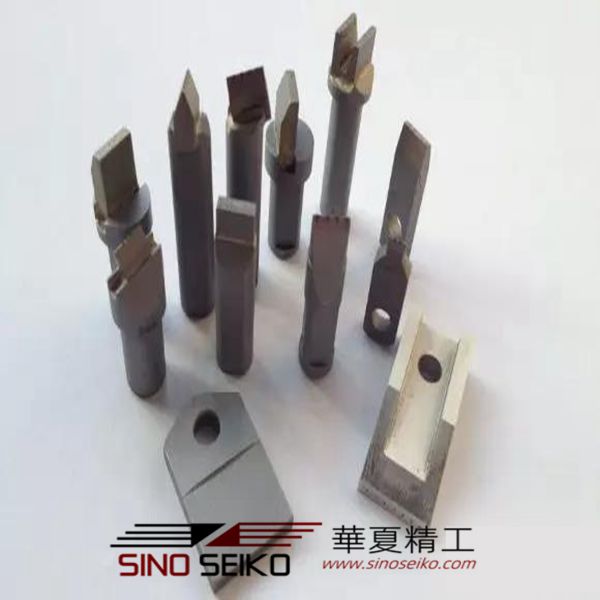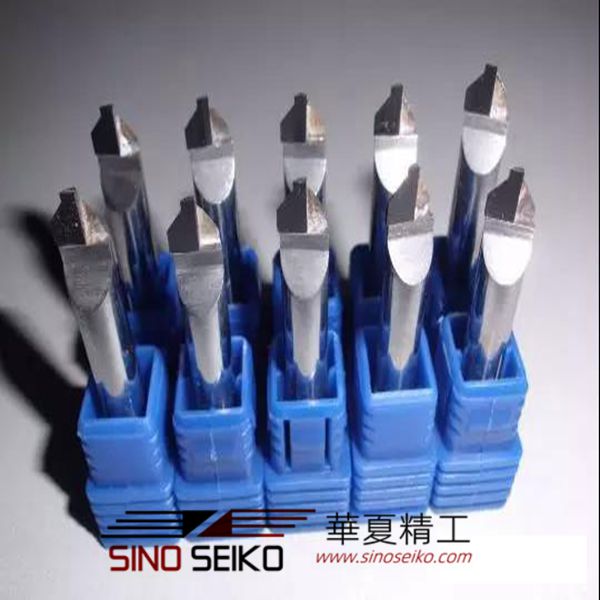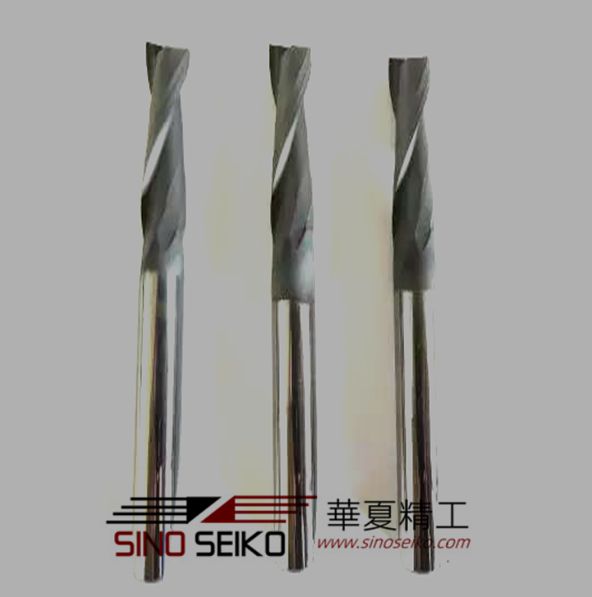Nowadays, diamond tools are widely used. Diamond tools have extremely high hardness and wear resistance, low friction coefficient, high modulus of elasticity, high thermal conductivity, low coefficient of thermal expansion, and low affinity with non-ferrous metals. It can be used for precision machining of non-metallic hard and brittle materials such as graphite, high wear resistant materials, composite materials, high silicon aluminum alloys and other ductile non-ferrous materials. There are many types of diamond tools, and the performance difference is significant. The structure, preparation method and application fields of different types of diamond tools are quite different. Perhaps many people want to know more about diamond tools. Let's take a look at the types, performance characteristics, applications, manufacturing methods, tool tip geometry of ultra-precision machining quality and durability. The trick.
Type of diamond cutter
1. Natural diamond cutter:
Natural diamond has been used as a cutting tool for hundreds of years. The natural single crystal diamond tool has been finely ground, and the edge can be sharply sharpened. The radius of the cutting edge can reach 0.002μm, which can achieve ultra-thin cutting and can be processed to a very high level. Workpiece accuracy and extremely low surface roughness are recognized, ideal and irreplaceable ultra-precision machining tools.

2. PCD diamond cutter:
Natural diamond is expensive. Diamond is widely used in cutting or polycrystalline diamond (PCD). Since the early 1970s, polycrystalline diamond prepared by high temperature and high pressure synthesis technology, after the successful development of PCD blade, has been naturally used in many occasions. Diamond tools have been replaced by synthetic polycrystalline diamond. PCD raw materials are abundant, and the price is only one-tenth to one-tenth of that of natural diamond. PCD cutters are not able to grind extremely sharp edges, and the surface quality of the machined workpieces is not as good as natural diamonds. PCD inserts with chipbreakers are now also available in the industry. Therefore, PCD can be used for fine cutting of non-ferrous metals and non-metals, and it is difficult to achieve ultra-precision mirror cutting.

3. CVD diamond cutter:
Since the late 1970s to the early 1980s, CVD diamond technology has emerged. CVD diamond refers to a diamond film synthesized by chemical vapor deposition (CVD) on a heterogeneous matrix (such as cemented carbide, ceramics, etc.), which has exactly the same structure and characteristics as natural diamond. The performance of CVD diamond is very close to that of natural diamond, and it has the advantages of natural single crystal diamond and polycrystalline diamond (PCD), and to some extent overcome their shortcomings.

Diamond tool performance characteristics
1, very high hardness and wear resistance:
Natural diamond is the hardest substance found in nature. Diamond has a very high wear resistance. When machining high hardness materials, the life of diamond tools is 10 to 100 times, or even hundreds of times, that of cemented carbide tools.
2. Has a very low coefficient of friction:
The friction coefficient between diamond and some non-ferrous metals is lower than other tools, the friction coefficient is low, and the deformation during processing is small, which can reduce the cutting force.
3, the cutting edge is very sharp:
The cutting edge of the diamond tool can be sharpened, and the natural single crystal diamond tool can be as high as 0.002~0.008μm for ultra-thin cutting and ultra-precision machining.
4, has a high thermal conductivity:
The thermal conductivity and thermal diffusivity of diamond are high, the cutting heat is easily dissipated, and the cutting temperature of the tool is low.
5, has a lower coefficient of thermal expansion:
Diamond has a coefficient of thermal expansion that is several times smaller than that of cemented carbide. The change in tool size caused by cutting heat is small, which is especially important for precision and ultra-precision machining where dimensional accuracy is critical.
Diamond tool application
1. Processing difficult-to-process non-ferrous metals
When processing non-ferrous metals such as copper, zinc, aluminum and their alloys, these materials adhere to the tool and should not be processed. Diamond tools made of diamond with low friction coefficient and low affinity with non-ferrous metals prevent metal from sticking to the tool. Due to the large elastic modulus of diamond, the deformation of the blade is small during cutting, and the deformation of the non-ferrous metal to be cut is small, so that the cutting process is completed under small deformation, and the surface quality of the cutting can be improved.
2, processing difficult to process non-metallic materials
When processing difficult-to-machine non-metallic materials containing a large number of high-hardness particles, such as glass fiber reinforced plastics, silicon-filled materials, hard carbon fiber/epoxy composites, the hard spots of the material make the tool wear severe, using carbide tools It is difficult to process, and the diamond cutter has high hardness and good wear resistance, so the processing efficiency is high.
3. Ultra-precision machining
With the advent of modern integration technology, machining is moving toward high precision, which puts high demands on tool performance. Due to the small friction coefficient of diamond, low thermal expansion coefficient and high thermal conductivity, it can cut very thin chips, and the chips are easy to flow out. The affinity with other substances is small, the built-up edge is not easy to occur, the heat generation is small, the thermal conductivity is high, and heat can be avoided. The influence of the blade and the workpiece, so the blade is not easy to passivate, the cutting deformation is small, and a higher quality surface can be obtained.
Contact: Sino Seiko
Phone: +8613353772661
Tel: +8613353772661
Email: [email protected]
Add: Zhengzhou, Henan, China